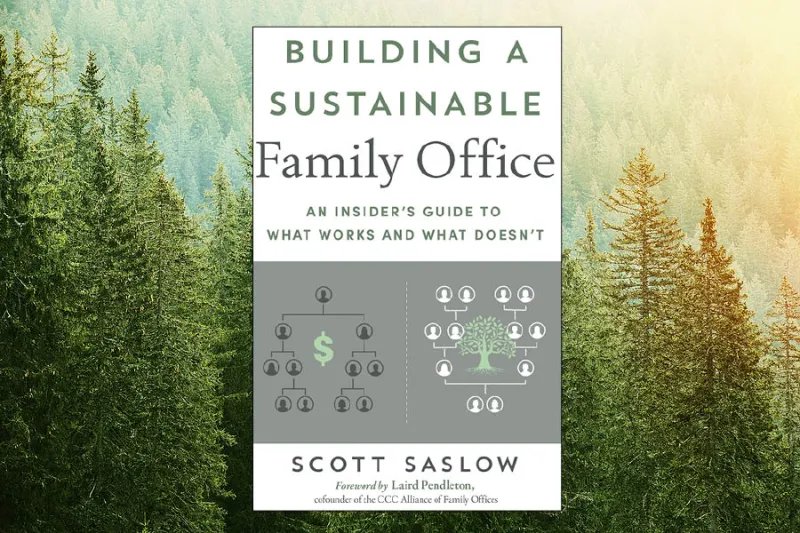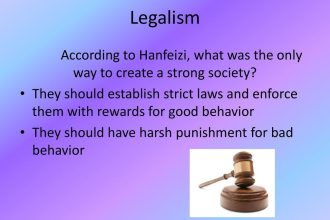Scott realized he needed to diversify or lose. What did he begin doing? Embracing change, Scott ventured into new markets and expanded his product line. By taking calculated risks, he sought out innovative partnerships and explored untapped opportunities. This shift not only revitalized his business but also positioned him for long-term success. Soon, Scott’s strategic approach paid off, leading to sustainable growth and increased market share.
Scott Realized He Needed to Diversify or Lose. What Did He Begin Doing?
Understanding Scott’s Dilemma
Meet Scott, a young entrepreneur who had been running a small business specializing in handmade wooden furniture for the past few years. While his products were of exceptional quality, Scott noticed a concerning trend – his sales had started to plateau, and he was losing customers to competitors who offered a wider range of products.
Faced with the risk of losing his business, Scott realized that he needed to make some changes to stay competitive in the market. This realization led him to explore the concept of diversification – expanding his product line to cater to a broader customer base.
The Beginning of Scott’s Diversification Journey
With a newfound determination, Scott began researching various ways to diversify his business. He understood that diversification would not only help him attract new customers but also reduce his reliance on a single product line. So, what did Scott begin doing to kickstart his diversification journey?
1. Market Research
Scott started by conducting extensive market research to identify potential gaps and opportunities in the market. He analyzed consumer preferences, trends, and competitors to understand what products were in demand and how he could differentiate his offerings.
2. Product Development
Armed with valuable insights from his market research, Scott began developing new product ideas that aligned with the needs of his target audience. He experimented with different materials, styles, and designs to create a diverse range of furniture pieces that would appeal to a wider customer base.
3. Building Strategic Partnerships
Understanding the importance of collaboration, Scott reached out to other artisans and suppliers to establish strategic partnerships. By leveraging the expertise of others, Scott was able to introduce complementary products to his existing line, offering customers a more comprehensive shopping experience.
4. Online Presence Enhancement
Scott also recognized the significance of having a strong online presence in today’s digital age. He invested in improving his website, creating engaging content, and leveraging social media platforms to showcase his diversified product range and attract a new online customer base.
The Impact of Diversification on Scott’s Business
As Scott implemented these diversification strategies, he started to see positive changes in his business. The introduction of new products brought excitement among his existing customers while also attracting a fresh wave of clientele. By offering a broader selection, Scott was able to increase his revenue streams and reduce the risk associated with relying solely on one type of product.
Moreover, Scott’s strategic partnerships and enhanced online presence helped him reach a wider audience and establish his brand as a versatile and innovative player in the furniture market. This newfound visibility translated into increased sales and a sustainable business model that was resilient to market fluctuations.
In conclusion, Scott’s realization that he needed to diversify or lose was a turning point in his entrepreneurial journey. By taking proactive steps to expand his product line, collaborate with others, and strengthen his online presence, Scott was able to revitalize his business and secure its long-term success.
The story of Scott serves as a valuable lesson for all aspiring entrepreneurs – adaptation and diversification are key elements in staying relevant and competitive in a dynamic market landscape. By being open to change and willing to explore new opportunities, businesses can thrive and evolve, even in the face of challenges.
Delivering Happiness | Tony Hsieh | Book Summary
Frequently Asked Questions
What steps did Scott take to diversify his investments?
Scott began researching different industries and asset classes to spread out his investments. He consulted financial advisors and studied market trends to make informed decisions. By diversifying his portfolio, Scott aimed to reduce risk and potentially increase his returns over time.
How did Scott’s realization impact his approach to investing?
Scott’s realization prompted him to reevaluate his current investment strategy. He understood the importance of diversification in mitigating risks associated with having all his assets in one place. This led him to take proactive steps to broaden his investment portfolio.
What are the benefits of diversifying investments, as realized by Scott?
Scott recognized that diversifying his investments could help protect his wealth from market fluctuations in any particular sector. By spreading his investments across different assets, he aimed to achieve a balance that could potentially provide more stable returns over the long term.
Final Thoughts
Scott realized he needed to diversify or lose. He began exploring new markets and expanding his product line. By actively seeking out opportunities, he was able to pivot his business successfully. Scott’s decision to diversify ultimately led to increased profits and long-term sustainability.






